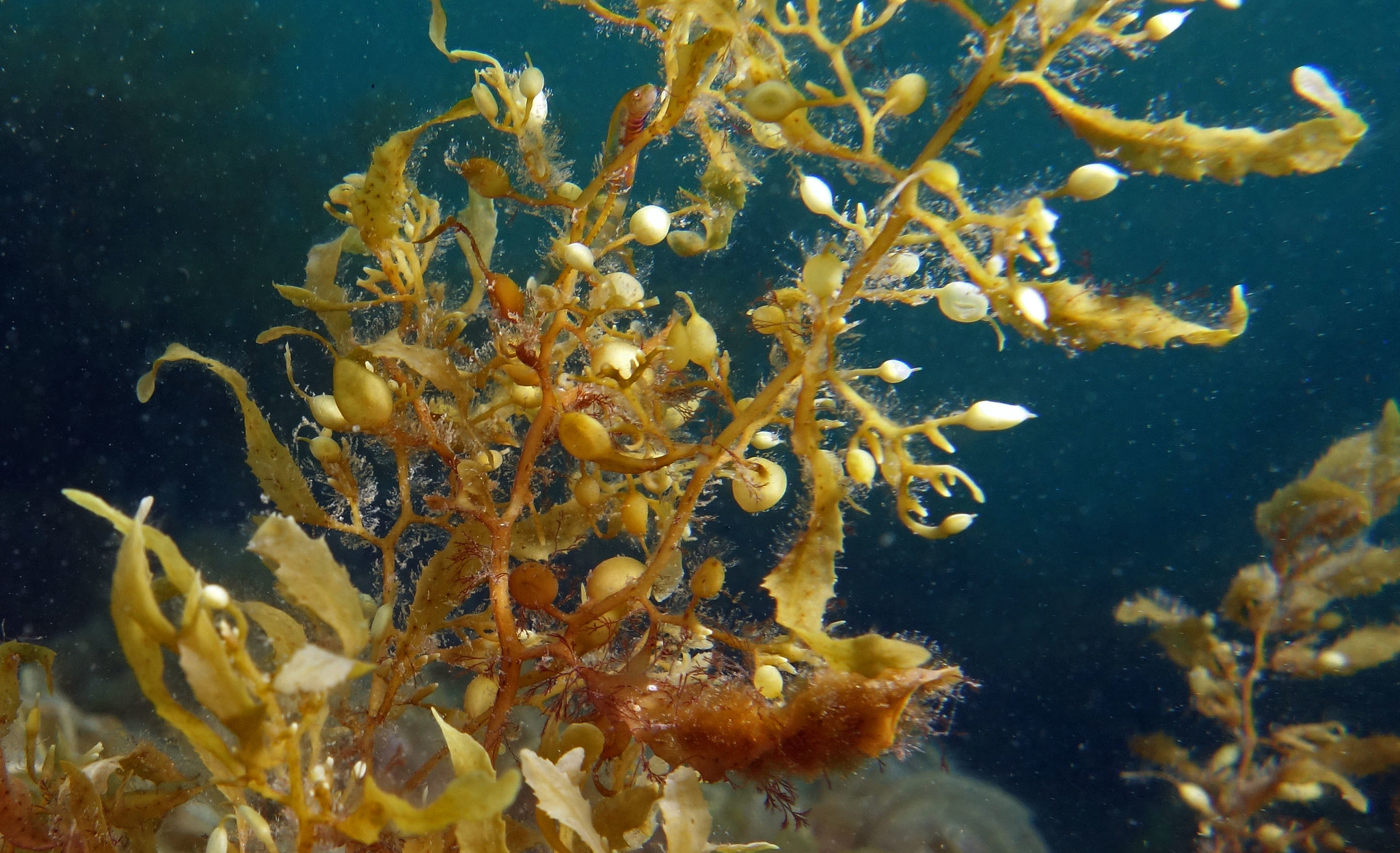Excerpt:
On a rainy September morning, on the outskirts of Glasgow, Scotland, a handful of engineers are standing around a plastic swimming pool. Sitting along the water’s surface are little rubber duckies, the kind you’d expect to find in a bathtub, not an engineering laboratory.
But these ducks are an important part of what’s about to happen. They’re a floating target for a swimming robot, one that its creators are billing as a possible solution to threats against human health.
It doesn’t look like much yet — a chunky metal box with a camera on its head and a belly full of ballasts — but if all goes well today, it’ll get an upgrade and, eventually, a chance to swim the open ocean.
The ducks are just a stand-in for the robot’s eventual prey: A stinky seaweed, called sargassum, that keeps piling up on shores along the Caribbean and North Atlantic, wreaking havoc on local ecosystems and economies.
But if this robot can successfully tackle the seaweed, it may go on to help fight an even bigger bad guy: climate change.
This robot’s first foe is a 5,500-mile long blob of seaweed
Sargassum is technically a type of algae — a leafy, rootless, buoyant plant, which bunches up in islands and floats around the North Atlantic Ocean and Caribbean Sea.
For hundreds of years, humans have observed these patches of sargassum waxing and waning annually. They steadily increase in size and abundance in the spring, then disappear come winter.
But since 2011, the overall size and number of these blooms has ballooned.
“The low point of the cycle is now higher than what the cycle’s high point was just five or six years ago,” according to Brian Barnes, who tracks sargassum with the University of South Florida using satellite imagery.
He said this year’s sargassum blooms formed a 5,500-mile-long, 10 million metric ton belt that snaked from West Africa to the Gulf of Mexico.
The cause of this growth is still a mystery to researchers. But out in the open ocean, the flourishing plant life doesn’t seem to be a problem. It even serves as a rich habitat for turtles, fish, crabs and birds.
But the more sargassum grows, the more some of it gets pushed closer to the coast by currents and trade winds. That’s when the threats to human life start to multiply.
The more we learn about sargassum, the more clearly it looks like a danger to coastal communities
In shallow waters, sargassum can smother coral reefs and alter the water’s pH balance, killing off local seagrasses and mangroves. It can choke boat motors, constricting local fishing yields if not cutting off whole marinas. Sargassum once clogged a desalination plant so badly that residents of the U.S. Virgin Islands were told the drinking water may not be safe.
Once ashore, piles of sargassum pose a threat to any economy that relies on beaches and the tourists who come to access them. Cleaning up the sargassum with heavy equipment can cost millions and up the risk of shoreline erosion.
But leaving sargassum on the beach poses hazards to local residents. Sargassum starts to decay after a day or so, releasing hydrogen sulfide and the smell of rotten eggs…









